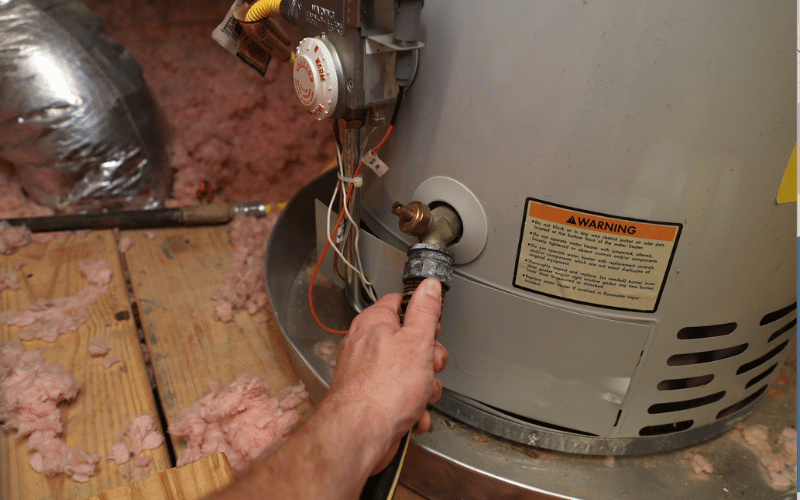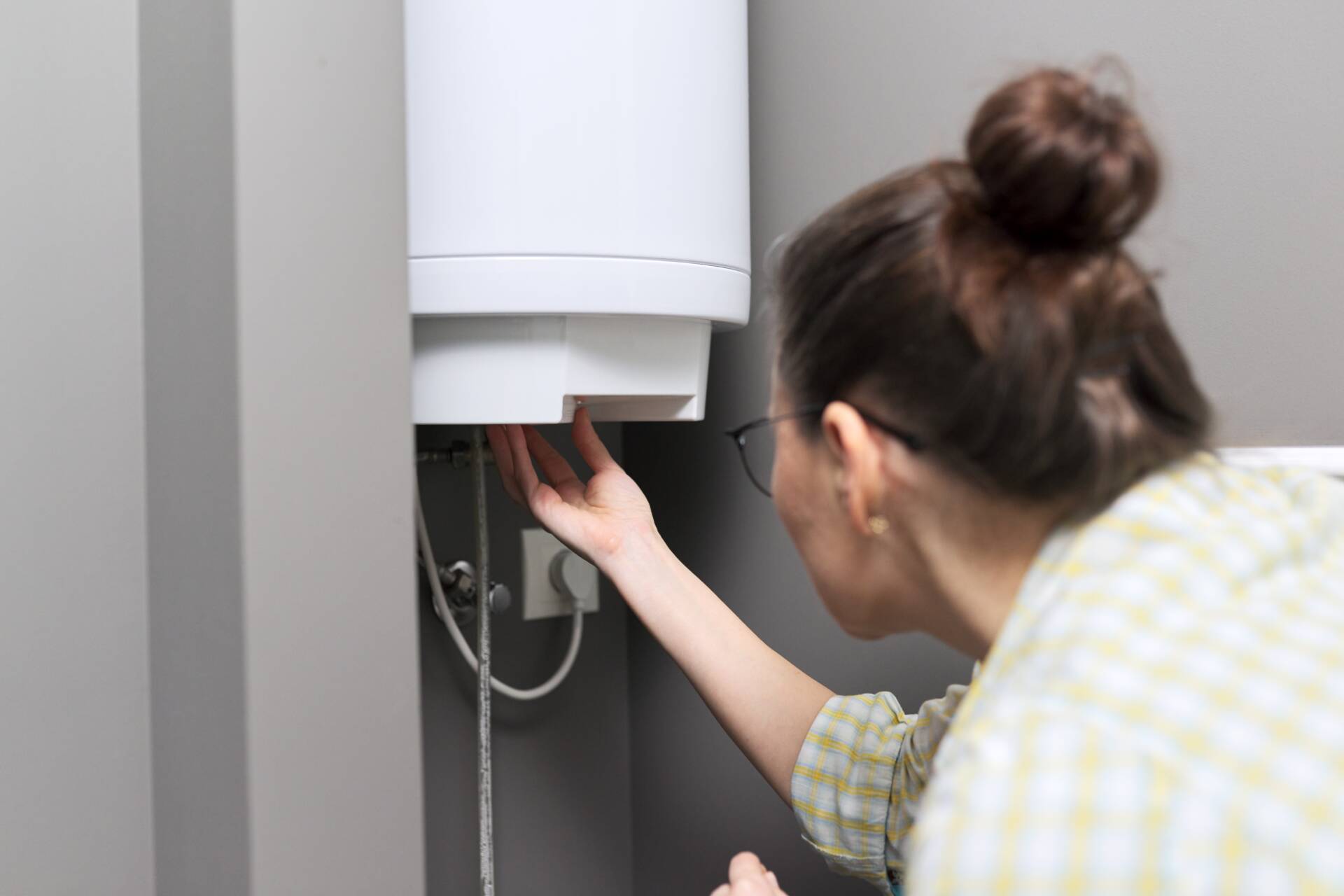Expert Tips on Maintaining Your Home's Hot Water System
Visit My Web PageAre you currently searching for related information around Tips on Maintaining a Water Heater?

Hot water is necessary for day-to-day comfort, whether it's for a rejuvenating shower or washing recipes. To guarantee your hot water system runs effectively and lasts much longer, regular upkeep is essential. This short article supplies useful suggestions and insights on exactly how to keep your home's warm water system to stay clear of disturbances and costly repair work.
Introduction
Keeping your home's warm water system might appear daunting, yet with a few basic actions, you can guarantee it runs smoothly for years to find. This overview covers everything from recognizing your warm water system to do it yourself upkeep pointers and understanding when to call professional aid.
Importance of Maintaining Your Warm Water System
Normal maintenance not only extends the life expectancy of your warm water system yet also ensures it operates effectively. Neglecting maintenance can result in lowered efficiency, higher power expenses, and also premature failure of the system.
Indicators Your Warm Water System Demands Maintenance
Understanding when your warm water system needs attention can avoid major issues. Look out for signs such as irregular water temperature level, unusual sounds from the heating system, or rusty water.
Purging the Hot Water Heater
Flushing your hot water heater removes debris buildup, enhancing performance and lengthening its life.
Checking and Changing Anode Rods
Anode poles stop deterioration inside the container. Checking and changing them when worn is crucial.
Facility Problems Calling For Expert Aid
Examples include major leakages, electric problems, or if your hot water heater is consistently underperforming.
Regular Specialist Maintenance Benefits
Expert maintenance can include detailed examinations, tune-ups, and making sure compliance with safety and security requirements.
Checking and Adjusting Temperature Level Settings
Adjusting the temperature setups guarantees optimal efficiency and safety and security.
DIY Tips for Maintenance
You can execute numerous maintenance tasks on your own to maintain your warm water system in leading condition.
Checking for Leaks
Consistently examine pipelines and connections for leakages, as these can cause water damages and greater expenses.
Understanding Your Hot Water System
Prior to diving right into maintenance tasks, it's practical to comprehend the standard components of your warm water system. Commonly, this includes the water heater itself, pipelines, anode rods, and temperature controls.
Month-to-month Maintenance Tasks
Regular month-to-month checks can aid capture minor concerns before they escalate.
Checking Pressure Relief Valves
Testing the pressure safety valve ensures it functions properly and stops excessive stress buildup.
Insulating Pipes
Insulating warm water pipelines minimizes warmth loss and can conserve energy.
When to Call a Professional
While DIY upkeep is advantageous, some issues need specialist know-how.
Final thought
Regular maintenance of your home's warm water system is crucial for effectiveness, durability, and cost financial savings. By complying with these suggestions and recognizing when to look for expert assistance, you can guarantee a dependable supply of warm water without unexpected disturbances.
Water Heater Maintenance: The Basics
Maintaining your water heater will ensure it operates efficiently and has a longer lifespan. Neglecting regular maintenance can lead to costly repairs and an even bigger chunk of your savings if you have to replace it sooner than necessary. But there’s good news: Most water heater maintenance tasks are relatively simple and easy for homeowners with basic DIY skills.
Flush the Water Heater
Over time, sediment and minerals can build up in the tank, reducing its efficiency and potentially causing damage. To flush the tank, turn off the power or gas supply, attach a hose to the drain valve near the bottom and open the valve to drain the water until it runs clear. Ideally, flush the tank annually.
Replace the Anode Rod
The anode rod is a sacrificial metal rod that helps prevent corrosion inside the tank. Inspect and replace it every three to five years or per the manufacturer's recommendation. To replace the anode rod, turn off the power or gas supply, drain a few gallons of water from the tank, unscrew the old rod and replace it with a new one. If the anode rod is significantly corroded or covered in calcium buildup, it's a sign the water heater may need to be replaced soon.
Tune-Up
A yearly tune-up can help identify potential issues and ensure your water heater operates at peak efficiency. This typically involves checking the thermostat, burner assembly (for gas heaters) and any other components specified by the manufacturer. During a tune-up, the technician may also clean the burner and adjust the pilot light (for gas heaters) or examine the heating elements (for electric heaters).
How to Maintain Your Water Heater
Insulate the tank. Insulating the tank can improve energy efficiency and reduce heat loss, saving you money on energy bills. You can purchase precut insulation blankets designed specifically for water heaters or use standard fiberglass insulation wrapped securely around the tank. Check the temperature. The recommended water temperature for most households is around 120 degrees Fahrenheit (49 degrees Celsius). Higher temperatures can increase energy costs and potentially cause scalding. Use a kitchen thermometer to check the temperature at the faucet nearest the water heater. Monitor water pressure. Excessive water pressure can strain the water heater and cause leaks or even tank failure. Install a pressure-reducing valve if necessary. The ideal water pressure range is between 60 and 70 PSI (pounds per square inch). Test the temperature and pressure (T&P) relief valve. The T&P relief valve is a safety feature that releases pressure if the tank gets too hot or the pressure builds up too high. Test it annually by lifting the lever and allowing a small amount of water to release. Replace the valve if it doesn't release water or reseal properly. Check for leaks. Regularly inspect the tank, pipes and fittings for leaks or corrosion. Deal with issues promptly to prevent further damage. Even a small leak can lead to significant water damage over time. Consider a tankless water heater. If your traditional tank-style water heater is nearing the end of its lifespan ( typically 10 years), consider replacing it with a tankless water heater. These units heat water on demand, reducing standby energy losses and potentially saving you money on your energy bills. Schedule professional maintenance. While homeowners can perform many water heater maintenance tasks, it's still a good idea to schedule professional maintenance every few years. A plumber or HVAC technician can thoroughly inspect the unit, identify potential issues and ensure it operates safely and efficiently. https://www.homeserve.com/en-us/blog/home-improvement/hot-water-heater-maintanence/

I discovered that blog posting on Tips on Maintaining a Water Heater when doing a lookup on the search engines. So long as you enjoyed reading our blog post if you please do not forget to pass it around. Thanks for going through it.
Free Quote